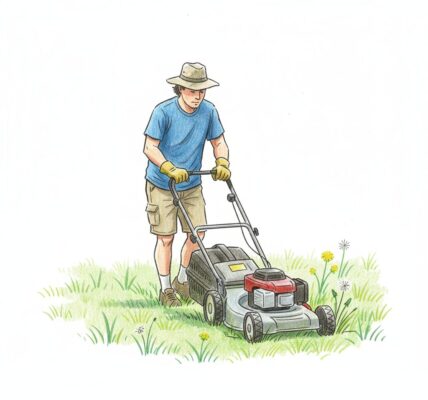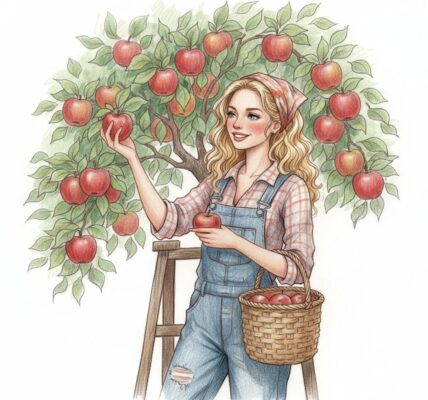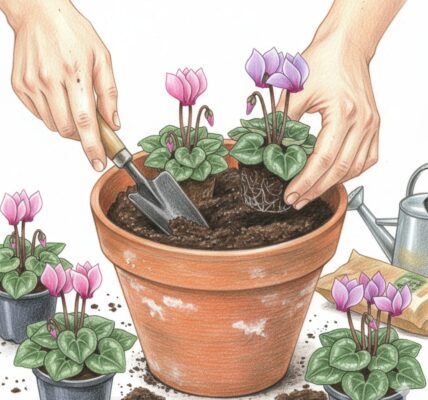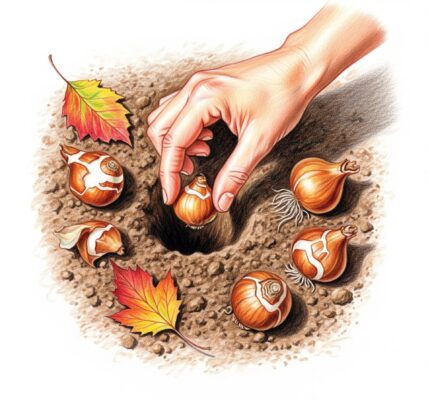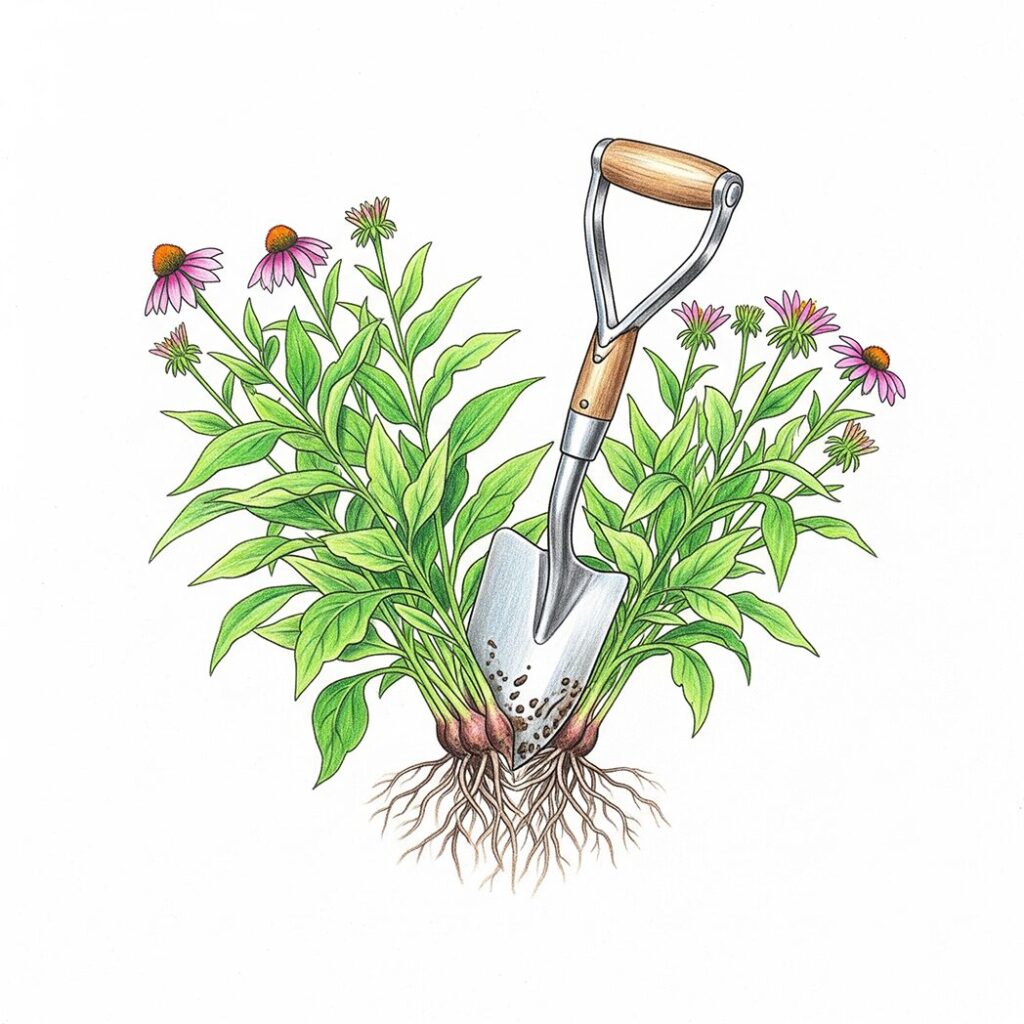
Dividing perennial plants is a fundamental gardening task that offers a host of benefits, and September is an ideal time to perform this chore. As the vibrant growth of summer begins to wane, the cooler temperatures and increased rainfall of early autumn provide the perfect conditions for plants to establish new root systems without the stress of intense heat. Dividing plants helps to rejuvenate them, encouraging more vigorous growth and abundant blooms in the following season. It also serves as a cost-effective method for propagating your favorite plants, allowing you to multiply your garden’s beauty and share with friends and family.
When preparing to divide, it’s important to know which plants are best suited for a September split. Generally, most spring and summer-flowering perennials are good candidates, including hostas, daylilies, peonies, and many ornamental grasses. These plants have finished their flowering cycle for the year, so a little disruption won’t impact their seasonal display. The process involves carefully digging up the entire plant clump, then using a spade, garden fork, or even your hands to separate the root ball into smaller sections. Each new section should have a healthy portion of roots and at least one bud or crown.
After division, the newly created plants should be replanted promptly in their new locations. Ensure the new planting sites are well-prepared with good soil and compost to give them a strong start. Water the newly divided plants thoroughly to settle the soil and eliminate air pockets around the roots. Continue to water them regularly until the ground freezes, which helps them develop a robust root system before the onset of winter. This autumnal division not only gives your plants a fresh start but also provides an opportunity to reorganize your garden beds, making it a truly rewarding and productive task for any gardener

